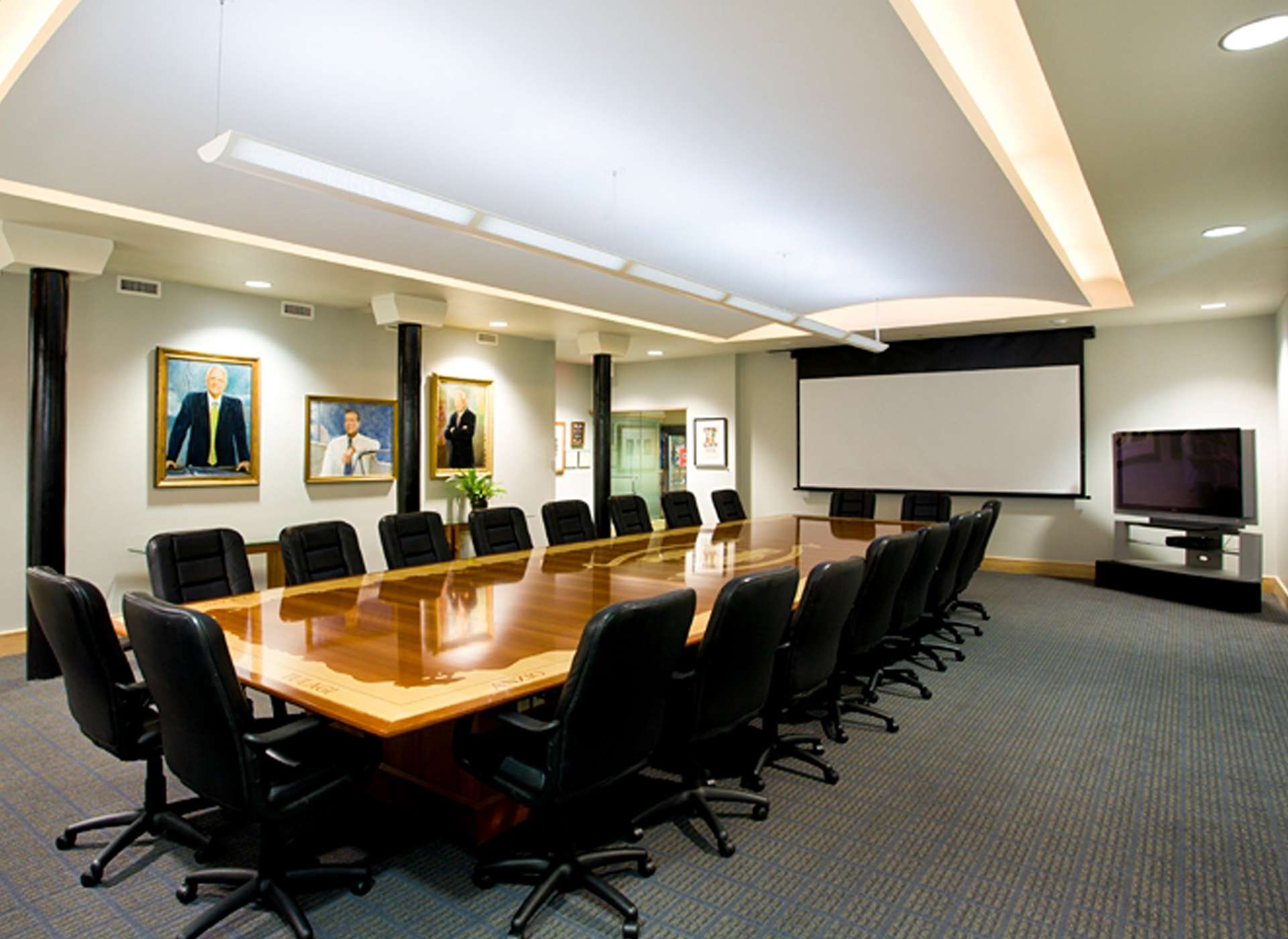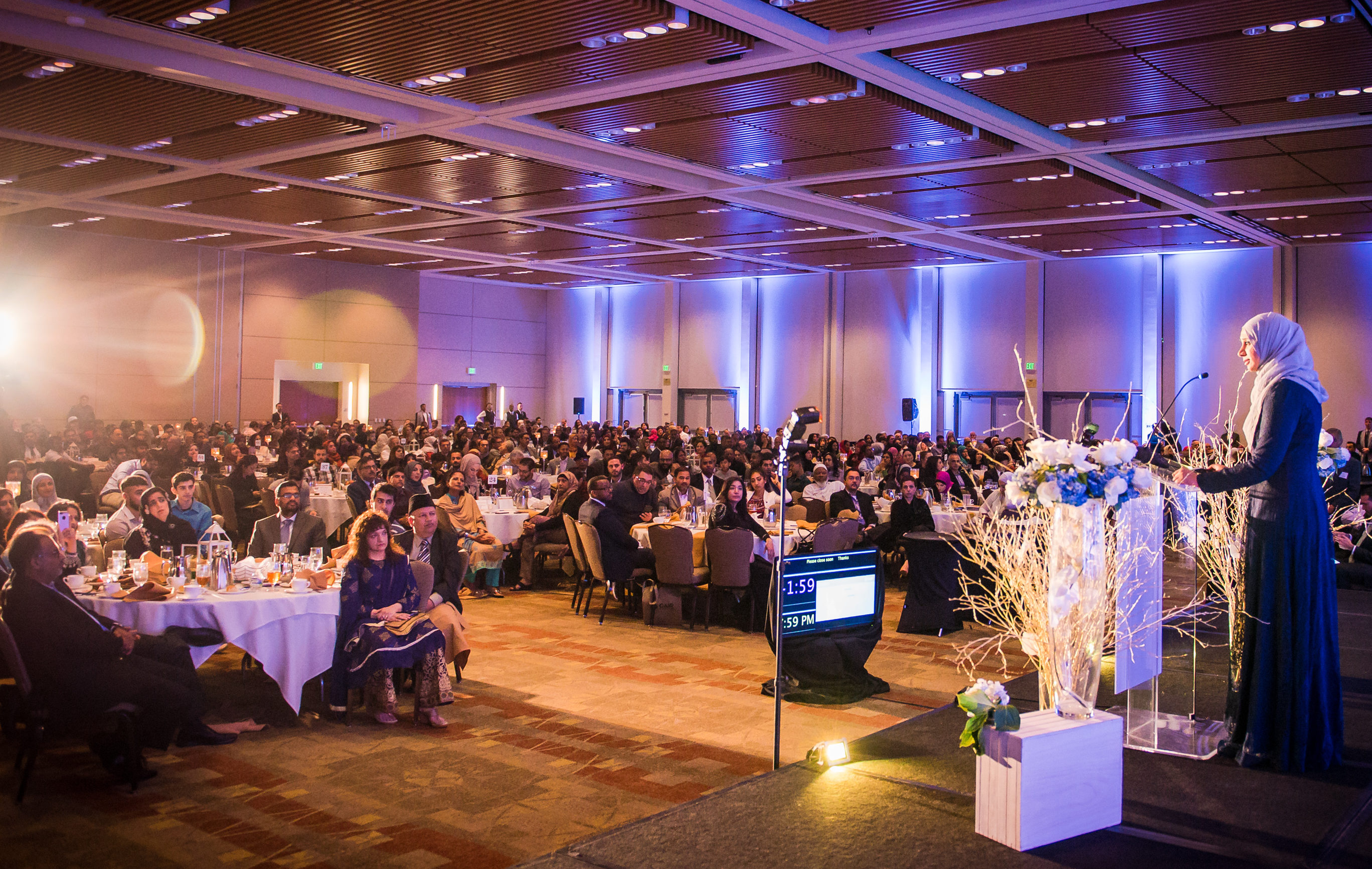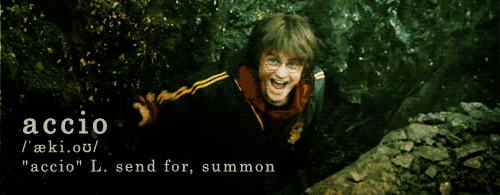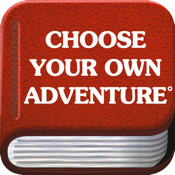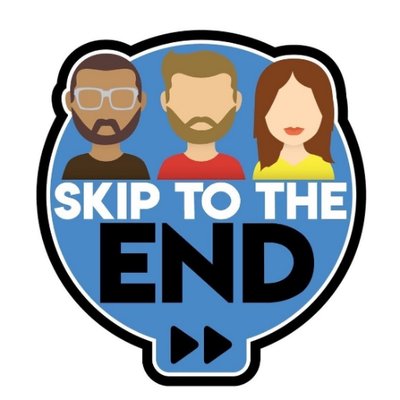As a mom of four boys, there is a lot of testosterone in my house. Decorating schemes include various shades of blue, red, and purple (as well as planets, Star Wars, and dinosaurs). But my office is all mine to decorate as I see fit. And that means a space with quite a lot of pink, family photos, humorous images, and just a touch of glitter. When I look around my office, every object and decoration fills me with joy (Marie Kondo would be so proud.)
Please join me on a virtual tour of my office!
The first thing you’ll see is my rustic brick wall, adorned with as many decorations as I could fit using custom brick-hanging devices. There’s a cross-stitching of shoes made by a former colleague, photos of my boys when they were younger, a punny piece of art from First Fridays, and a light up R from a former student.

Next, you’ll probably notice the side of my file cabinet / shelving unit. It is adorned with artwork from my children, spanning back to preschool all the way to this year! I also have a Glitter Board, where students can contribute their own artwork, stickers, fliers, and snowflakes (Why? Who knows! I’ll take it!) I offer students extra credit to add something to the board, which also sneakily gets students to my office to hopefully create a habit of visiting Office Hours and reaching out if they need help.
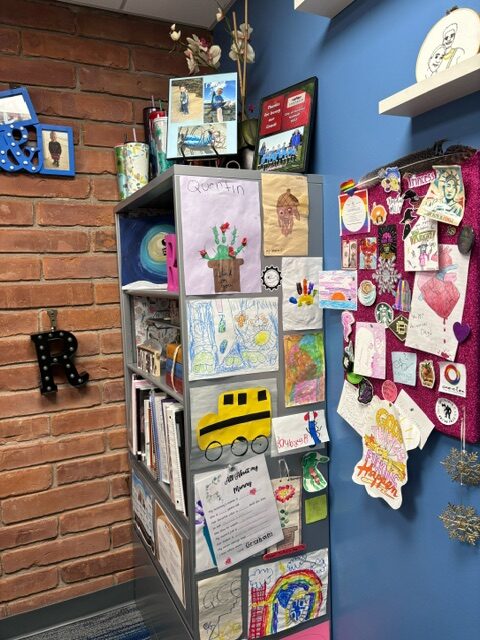
On my blue wall (painted by the school during last year’s renovation, without even consulting me about my preferred shade of pink), I bought deep shelves from Amazon to display more awesomeness. At the top are family photos from 2019 (simpler, pre-pandemic times) which probably should be updated to more recent pics, but I just love remembering their little faces! The bottom two shelves are devotes to student project pieces: a cross stitch of a student and her boyfriend as well as a broken heart from Interpersonal Communication, a fake cigarette carton (culture jamming assignment) and a magic broom from Intercultural Communication , a fake plant from a Xeriscape service learning project in Public Speaking, and a mock graduation cap and self portraits of a student in Introduction to Communication.

This file cabinet was in my office at GCC in 2013 when I was an OYO. I was so excited to have my own office on campus after being an adjunct and part=time speech team coach for five years. I lined the shelves with adorable wrapping paper to give the look of wallpaper to an otherwise (let’s be honest) pretty ugly piece of office furniture. When I returned back to GCC in 2019, I was in a different office, but a year later, after some office switching musical chairs, I discovered my old file cabinet! When you love something, let it go…
Since then, I’ve developed a pretty serious addiction to Starbucks tumblers… so much so that I had to expand my display from home to school (mostly to protect my partner from knowing exactly how many cups I now own). I found a three-tied display shelf to but on top of this cabinet along with fun prices of art and travel memorabilia. And a few books are stored here, too.
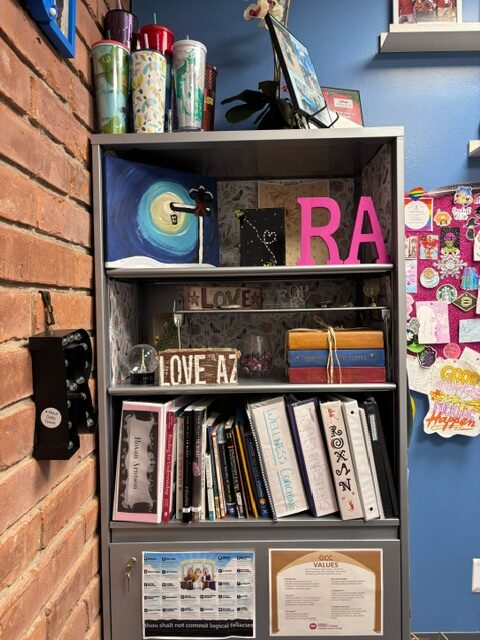
My primary view is facing my computer screen… and screen… and screen. It is somewhat overwhelming to have so many screens’ I feel a little bit like Batman in the Bat Cave, just without the sweet Batmobile.
I have my degrees hanging proudly on the wall, a corkboard covered in art and speech team awards, and more photos of my babies. I got a ring light during the pandemic, and it comes in handy to prevent me from looking quite as ghostly on virtual meetings.

So, that’s it! My office is a place of joy even on days that are not quite as joyous. I turn on my Scentsy fragrance, grab a chocolate from the “In case of Dementors” jar, and enjoy my colorful work oasis. Swing by the next time you’re near FO-2!





